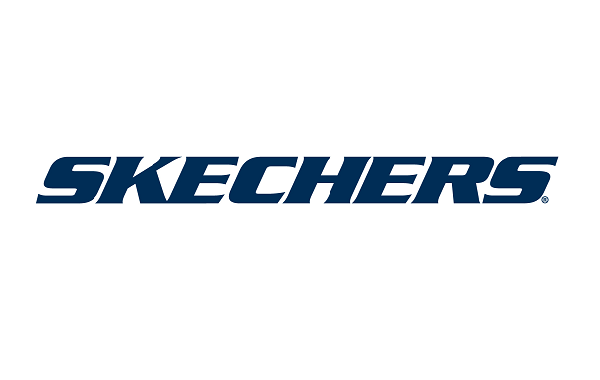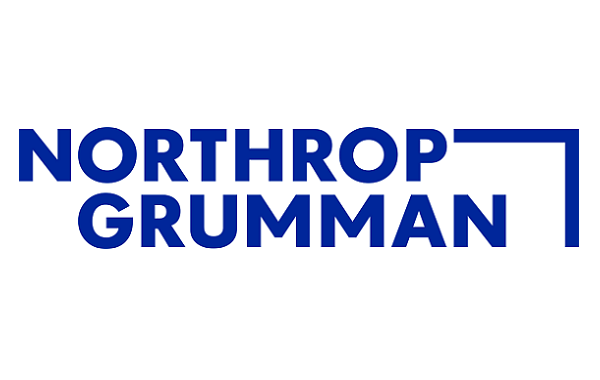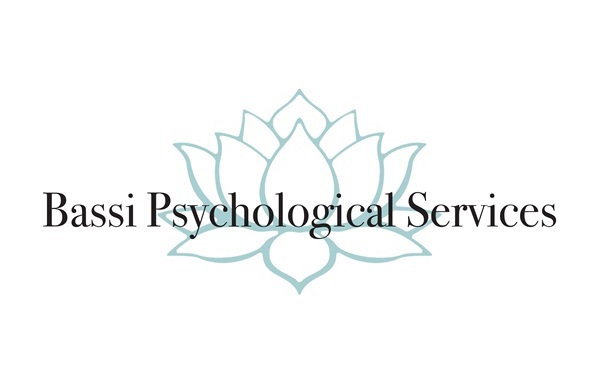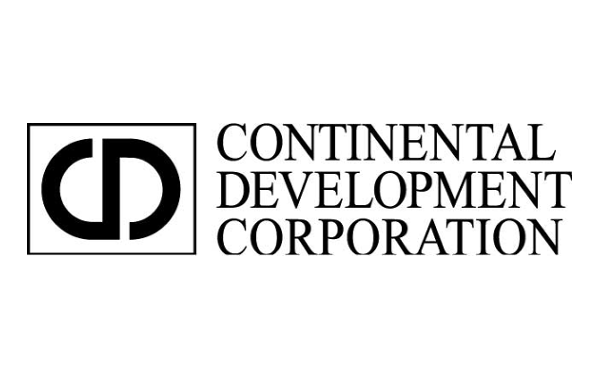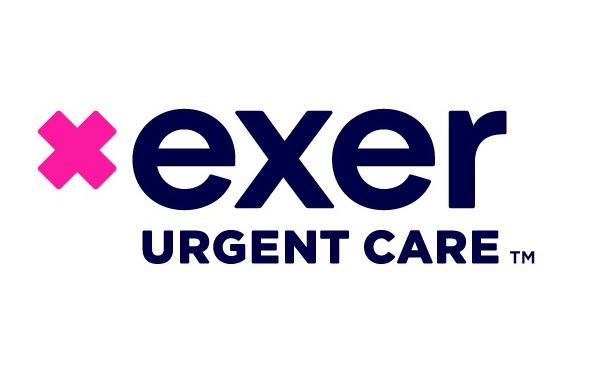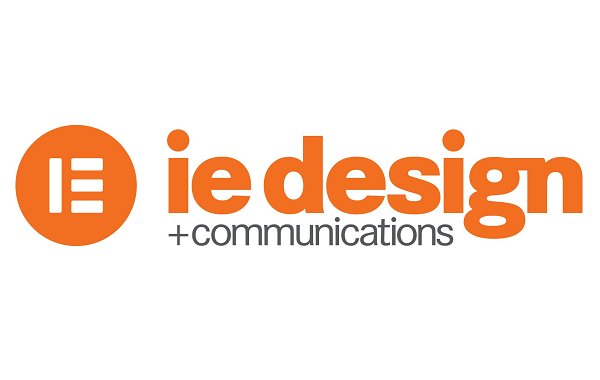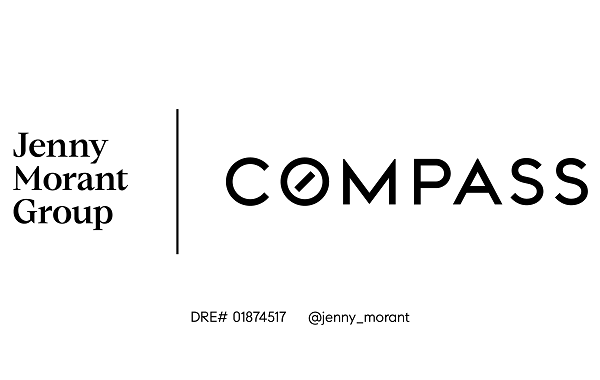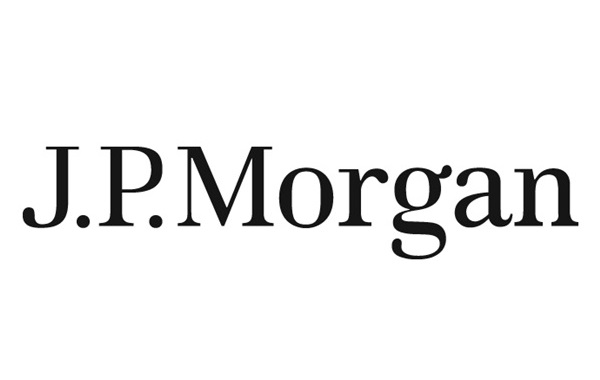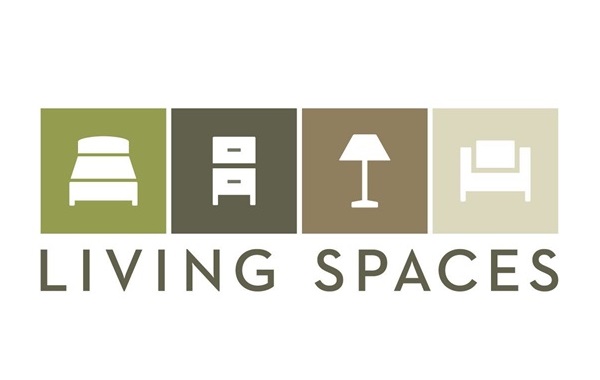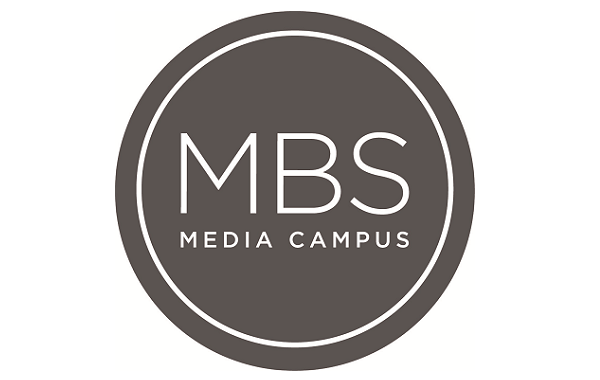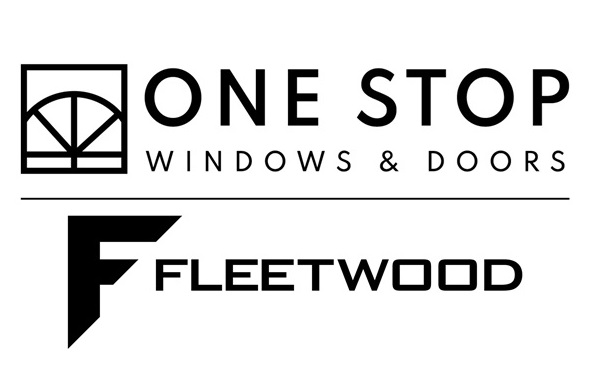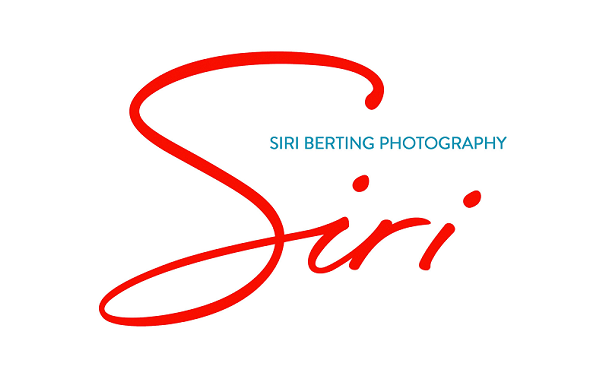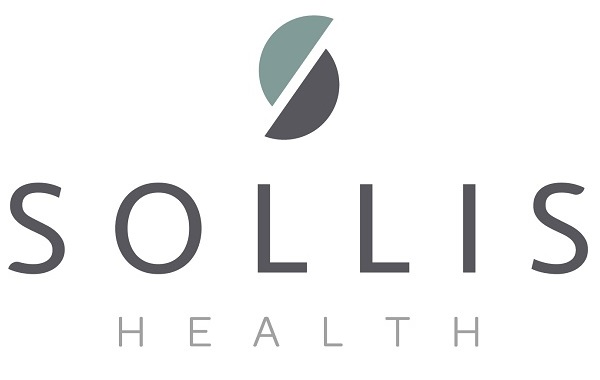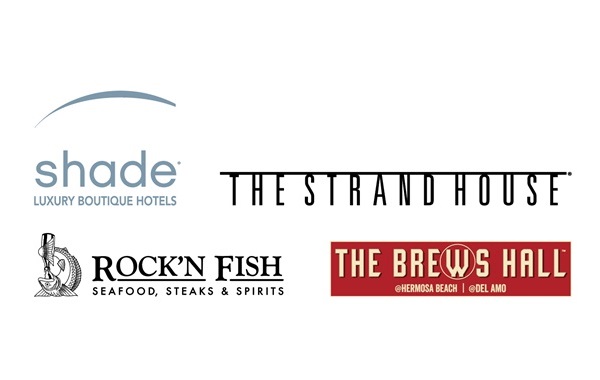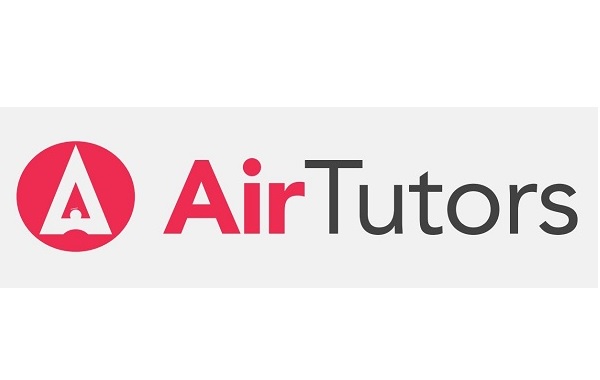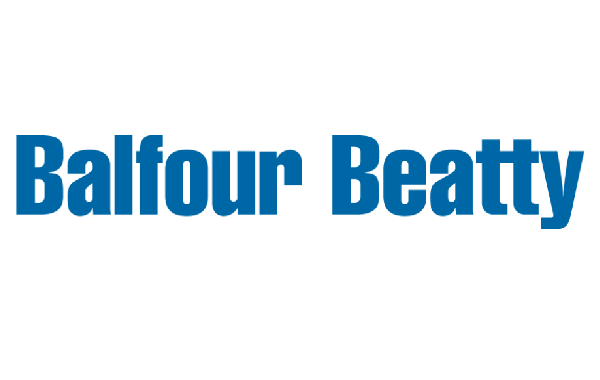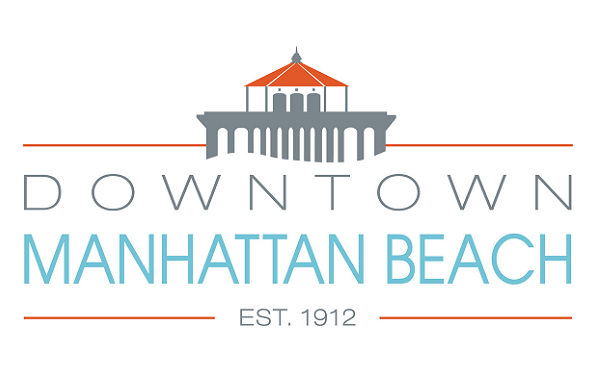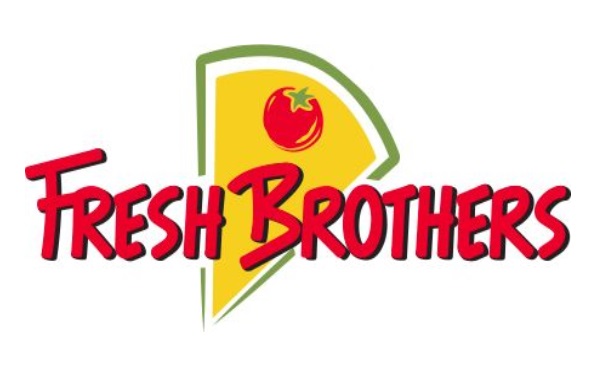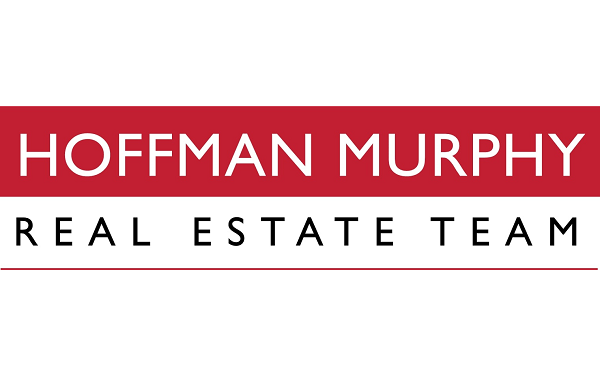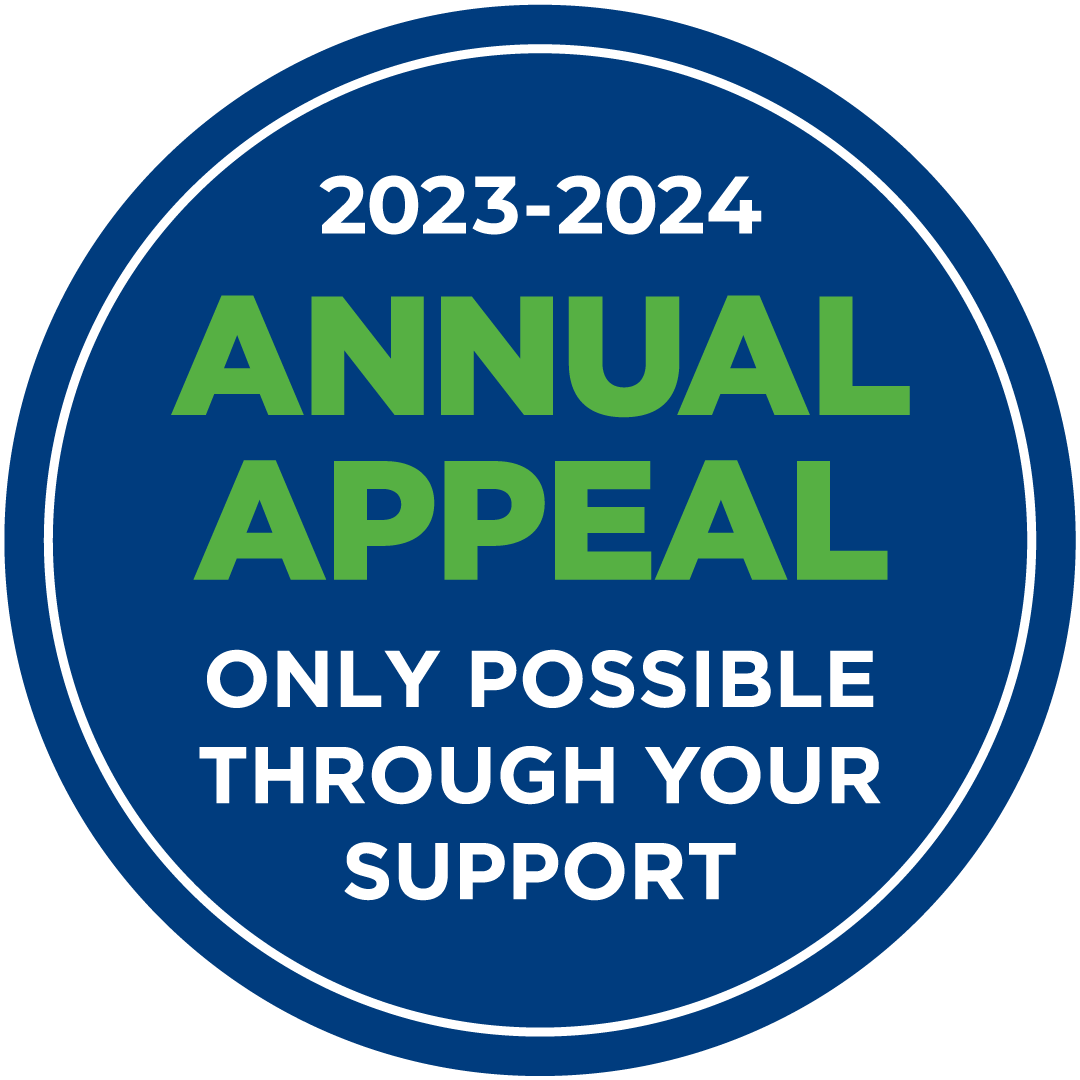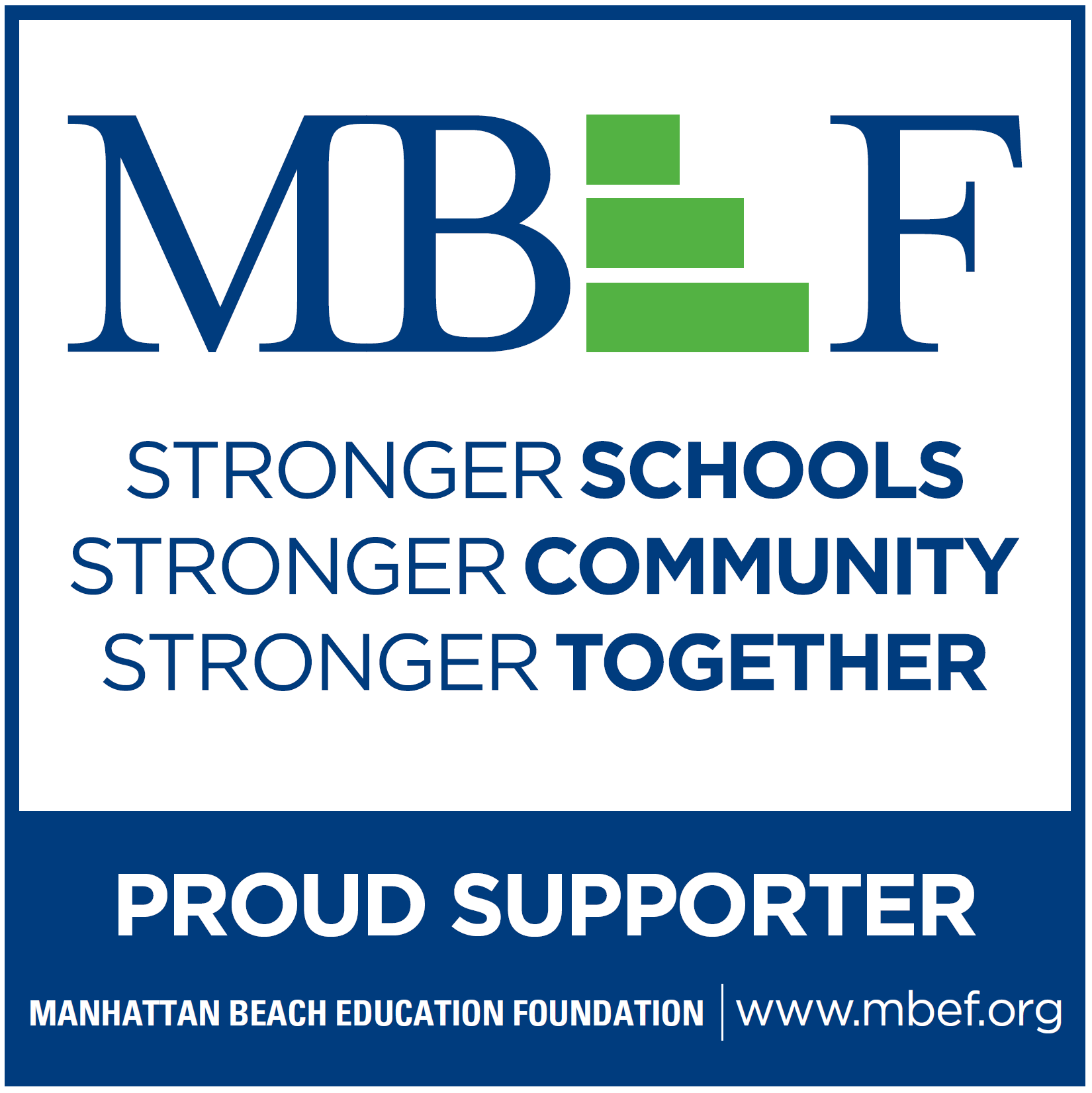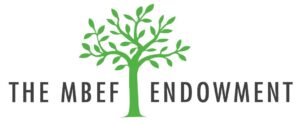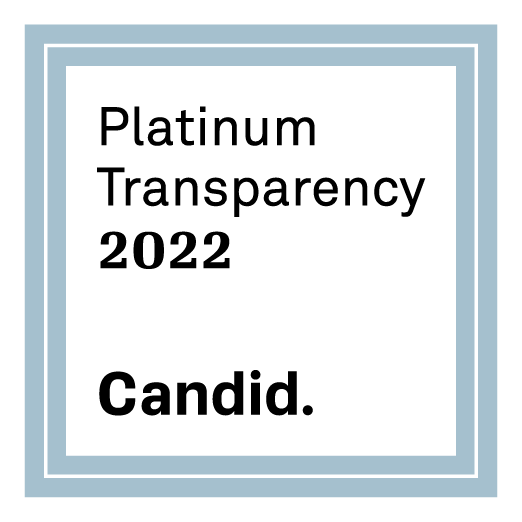On May 26th, over 900 people gathered in the Mira Costa High School auditorium to view the screening of the documentary Most Likely to Succeed. This was sponsored by both MBEF and the PTA. It is a film that was featured at this spring’s Sundance Film Festival and is a very hot topic in educational conversations today. The film focuses on the idea of student-centered or project-based learning, and spends a lot of time focused on how students learn at a charter school in San Diego called High Tech High School.
So, you may wonder why a public school district would show a film about a charter school. My philosophy, and I believe I am joined by MBEF and PTA on this, is that whenever you can get almost 20% of your parents to view a film about education and talk about education, it is a win for the community. We have never been afraid of new ideas here in MBUSD. If you have ever been to one of the TEDx conferences that we host each fall, you know that. While some of the ideas may be a bit farfetched for us, I learn every single time I hear about new ideas and I know many of our parents and teachers do as well.
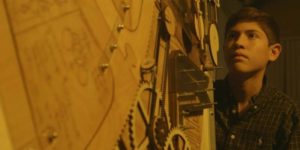 The big push in the film is that as we move further and further away from our industrial age, we move further and further away from jobs that are industrial age related. The film contends (and I agree) that computers and robots will be taking over almost all mundane tasks in the years to come. The film featured seminal historical moments: (1) when Garry Kasparov was beaten by “Big Blue” from IBM in chess, and (2) when Ken Jennings was beaten by “Watson” in Jeopardy. Both chess and Jeopardy are far beyond the mundane, yet we are already at a point when computers can outperform the best humanity has to offer at both activities. So what’s left for us? Creativity, communication, collaboration, and critical thinking about everything.
The big push in the film is that as we move further and further away from our industrial age, we move further and further away from jobs that are industrial age related. The film contends (and I agree) that computers and robots will be taking over almost all mundane tasks in the years to come. The film featured seminal historical moments: (1) when Garry Kasparov was beaten by “Big Blue” from IBM in chess, and (2) when Ken Jennings was beaten by “Watson” in Jeopardy. Both chess and Jeopardy are far beyond the mundane, yet we are already at a point when computers can outperform the best humanity has to offer at both activities. So what’s left for us? Creativity, communication, collaboration, and critical thinking about everything.
The film strongly advocates moving away from teacher-centered education where teachers give information to students and students give them back that information on tests. You know we have been saying this for a long time. The film advocates students collaboratively pursuing rigorous, meaningful and relevant learning.
Writing Workshop, our K-8 writing curriculum, is designed around these principals. Students self-select the topics about which they write. They collaboratively work with the teacher as a coach to learn how to improve their writing. If you have been following the math instruction we are implementing, you see the same thing. We are moving away from students learning an algorithm from the teacher and repeating that on questions 1-39 odd, and moving towards students working collaboratively to solve one or two larger problems together. This is what the new California State Standards are all about and I endorse it. We applaud classes like our new Robotics class, our new Fab Lab, our award winning science classes, Maker Space, Model United Nations, Mustang Morning News, our student newspapers, and so many others where students lead the learning, students do the work, and students have a final product to show. I am very proud of what our teachers are doing in this area, and I am committed to seeing even more of this happen. The next generation science standards are coming out in the 17-18 school year. They are pushing the idea of experimenting more and more in science classrooms, and lecturing less and less. They are using the terminology “lab then blab.” It sounds funny, but it is exactly the kind of student-centered learning we are talking about.
So, I encourage you to see the film if you get a chance when it comes out on video. I encourage you to talk about student-centered learning with your children. I encourage you to thank the teachers who are pushing your students to be active learners in the classroom. That is what we want to see and I do appreciate all of our teachers who have made so much progress towards this goal.





